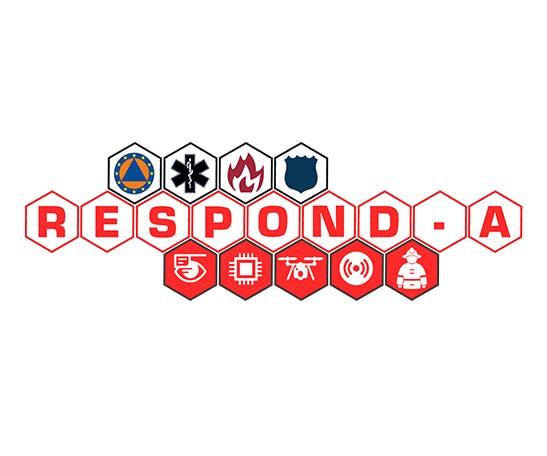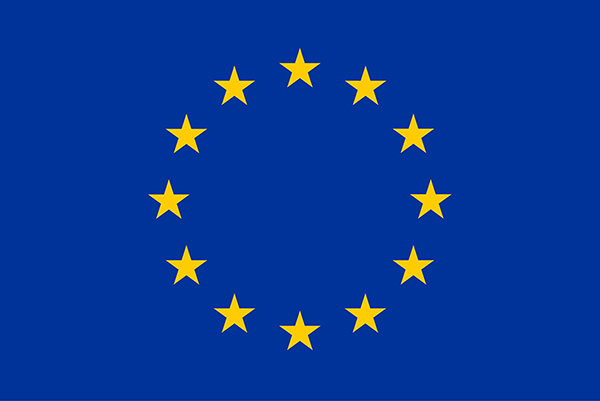
- Homepage
- RESPOND-A
RESPOND-A
RESPOND-A introduces a unique five-tier project architectural structure for best associating modern telecommunications technology with novel practices for First Responders of saving lives, while safeguarding themselves, more effectively and efficiently. The introduced architecture includes Perception, Network, Processing, Comprehension, and User Interface layers, which can be flexibly elaborated to support multiple levels and types of customization, so as, the intended technologies and practices can adapt to any European Environment Agency (EEA)-type disaster scenario.

RESPOND-A project is organized in nine Work Packages (WPs), with WP1 (Project management) and WP8 (Dissemination, exploitation, promotion and knowledge transfer) running in parallel throughout the entire duration of the project, continuously interacting with the technical, training and demonstration WPs. In structuring the overall work plan, special attention has been taken to assure attainment of project objectives and effective implementation.
At its first stages, the project holds a requirements’ analysis, elaboration of First Responders’ pilots and demonstrations’ specifications, as well as collection of the characteristics of the equipment (i.e., sensors, wearables, UAVs, UGVs, PCS components, etc.) to be used. This work is concentrated in WP2.
Research and Development of RESPOND-A platform and components is carried out in three WPs running in parallel: WP3, WP4 and WP5.
RESPOND-A is oriented towards the actual demonstration of technologies of First Responders in real life environments. Hence, the project follows the approach of establishing two relevant WPs (WP6 – Training of First Responders in RESPOND-A novel technologies and WP7 – Pilots Validation and Evaluation). In addition, these WPs include training activities, integration phase and realization of the three pilots and the final large-scale demonstration.




